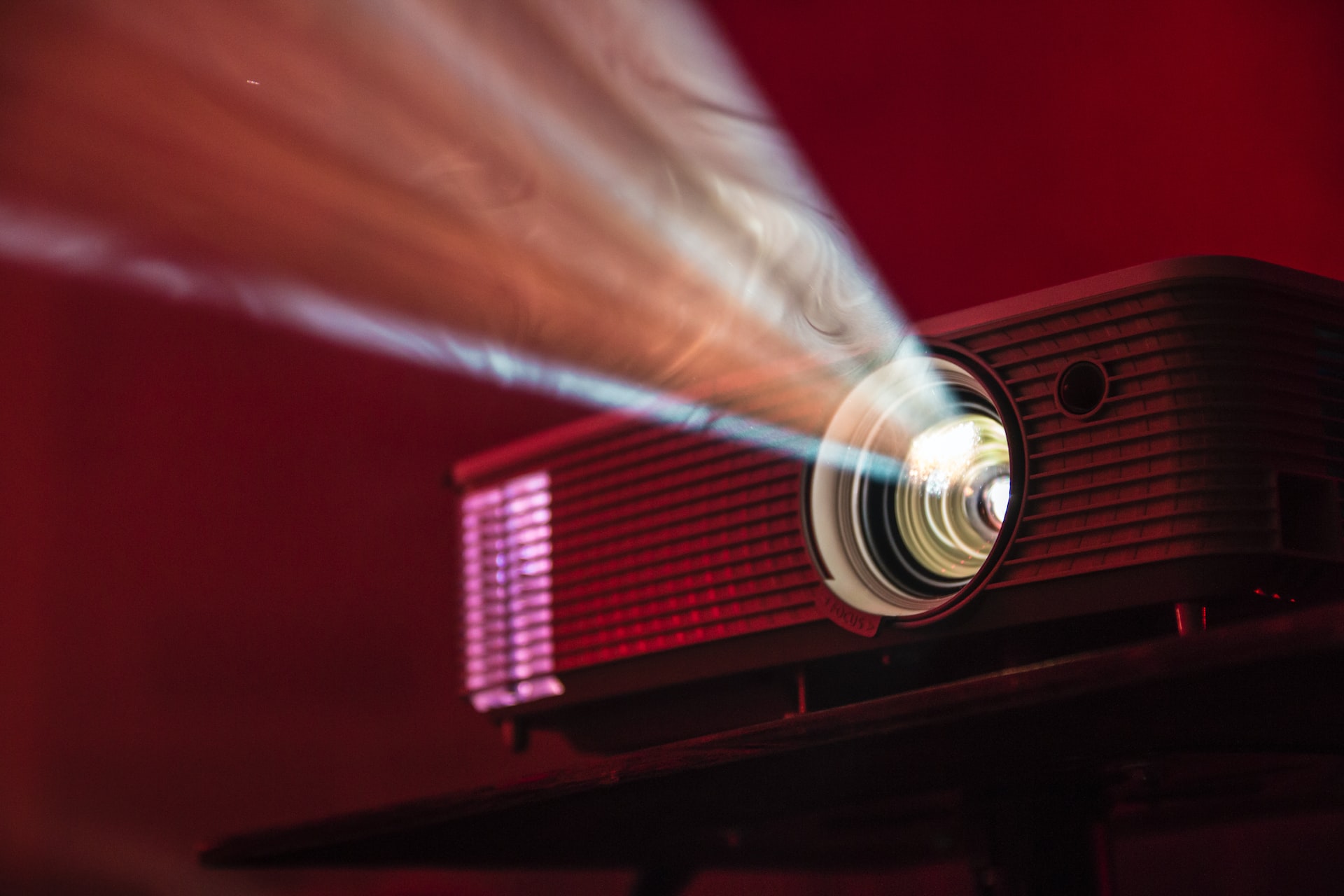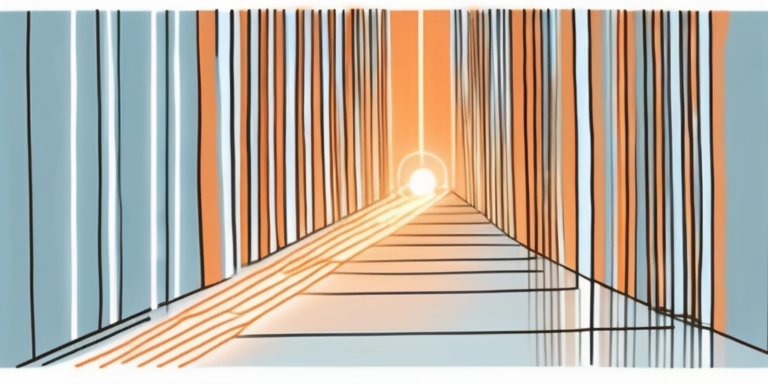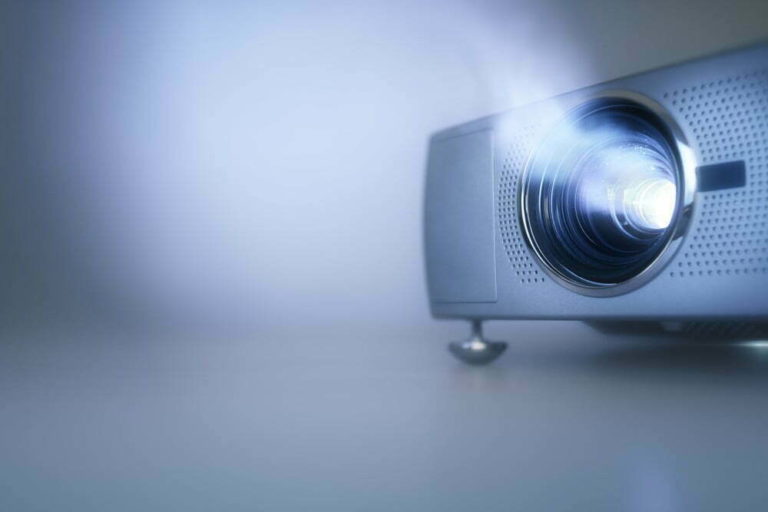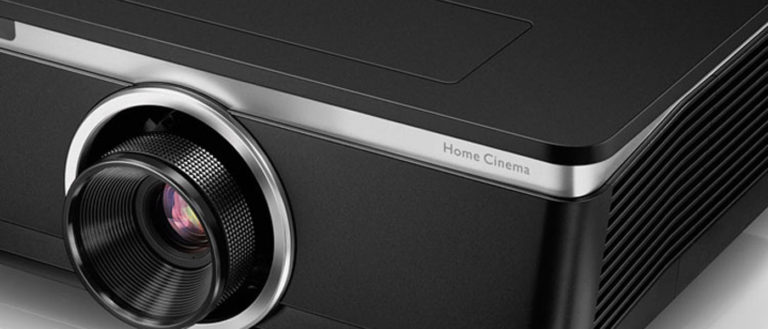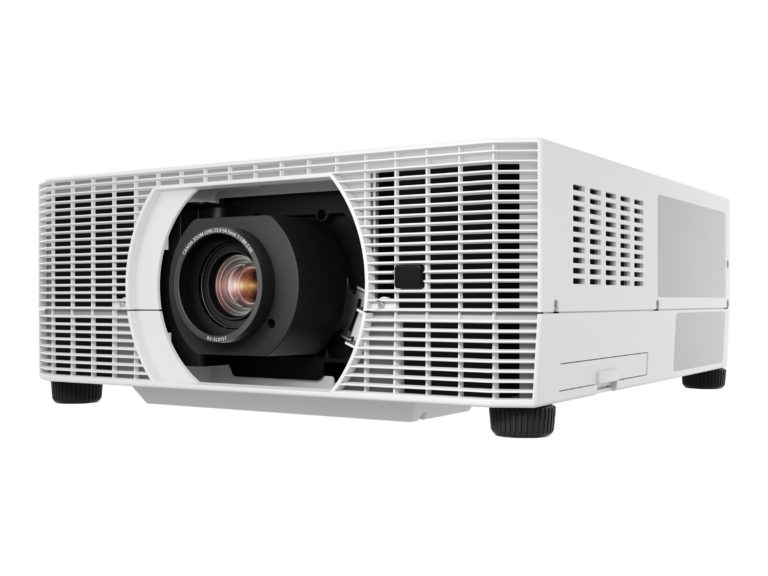LED projectors are a popular choice for home theaters, classrooms, and other applications that require high-quality images. These projectors work by projecting an image onto a screen or surface using a sequence of tiny, energy-efficient LED LEDs. They have several advantages over traditional and laser projectors, including a longer lifespan, lower energy usage, and improved image quality. Everything you need to know about LED projectors is right here:
How do LED projectors function?
A compact, strong LED light source is used in LED projectors to project an image onto a screen or surface via a series of lenses. They are thought to be more energy-efficient and generate less heat than typical projectors.
Are LED projectors superior?
LED projectors are generally thought to be superior to classic projectors since they consume less energy, generate less heat, and have a longer lifespan. In addition, as compared to standard projectors, they generate higher quality images with more brilliant colors and a wider color spectrum.
What are the primary benefits of using LED projectors versus laser projectors?
The extended lifespan of LED projectors over laser projectors is one of its key advantages. While laser projectors have a lifespan of up to 20,000 hours, LED projectors have a lifespan of 100,000 hours or more. This implies that LED projectors require less maintenance and are more reliable over time. LED projectors also consume less energy and generate less heat than conventional projectors, making them a more ecologically friendly option.
How long can an LED projector be used?
Depending on the type, LED projectors can last up to 100,000 hours or more. This means that they require less maintenance and are more dependable in the long run than standard projectors.
How much maintenance do LED projectors require?
LED projectors, in general, require less maintenance than classic projectors. The LED lights incorporated into the projector do not need to be replaced as frequently, requiring less regular maintenance. To guarantee best performance, it is still necessary to keep the projector clean and dust-free. This can be accomplished by cleaning the air filters on a regular basis and wiping down the projector’s exterior with a dry cloth.
Do LED projectors require light bulbs?
LED projectors, unlike classic projectors, do not require bulbs to be replaced. Because the LED lights are incorporated into the projector, they do not need to be replaced as regularly. This can save you money and time in the long run because you won’t have to replace bulbs as frequently.
How many lumens should an LED projector have?
A greater lumen count usually means a brighter, more colorful image. A lumen count of at least 1,000 is regarded adequate for home theater use, while a lumen count of 2,000 or above is recommended for use in a commercial setting or for projecting onto a bigger screen.
Should I let the LED projectors warm up before using them?
LED projectors, unlike classic projectors, do not need to be warmed up before use. They are often ready to use as soon as they are turned on, making them more useful in a variety of situations.
Are there any drawbacks to using LED projectors?
These disadvantages include a greater initial cost, the possibility of reduced brightness, a shorter throw distance, and fewer connectivity possibilities. Before determining which sort of projector is best for you, you need carefully assess your needs and budget.
LED projectors have a few drawbacks to consider, particularly when compared to laser projectors. For starters, they may have a bigger initial investment. While they may save money in the long term because to their longer lifespan and cheaper maintenance expenses, some users may find the initial outlay to be exorbitant. Furthermore, LED projectors may not be as bright as other laser projectors, which may be an issue in low-light situations or when projecting onto larger screens. They may also have a short throw distance, making them unsuitable for bigger rooms or projecting onto larger displays. Finally, LED projectors may not have as many connectivity choices as traditional or laser projectors, which may be an issue for people who need to connect to a variety of devices or sources.
